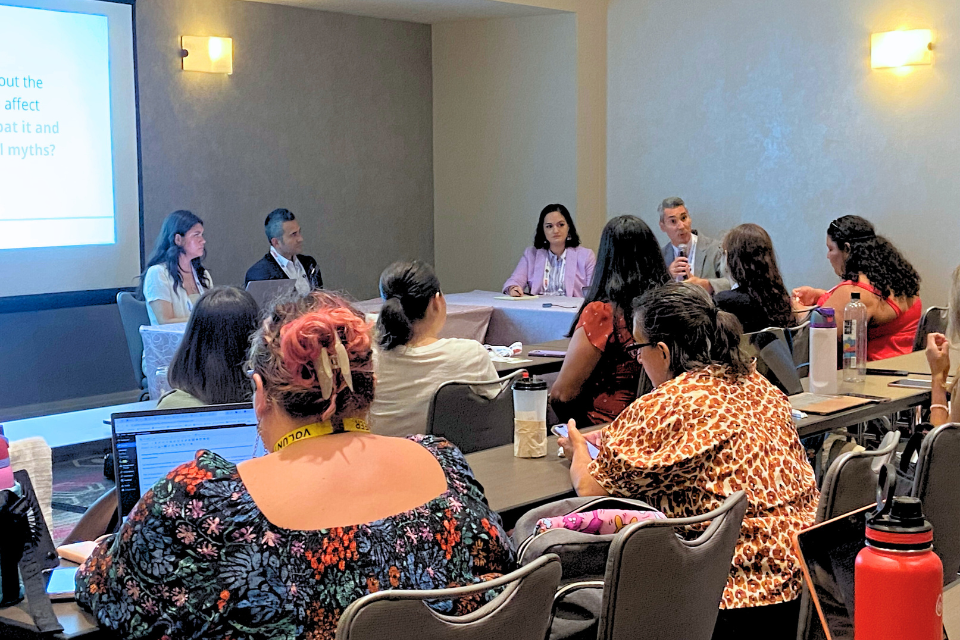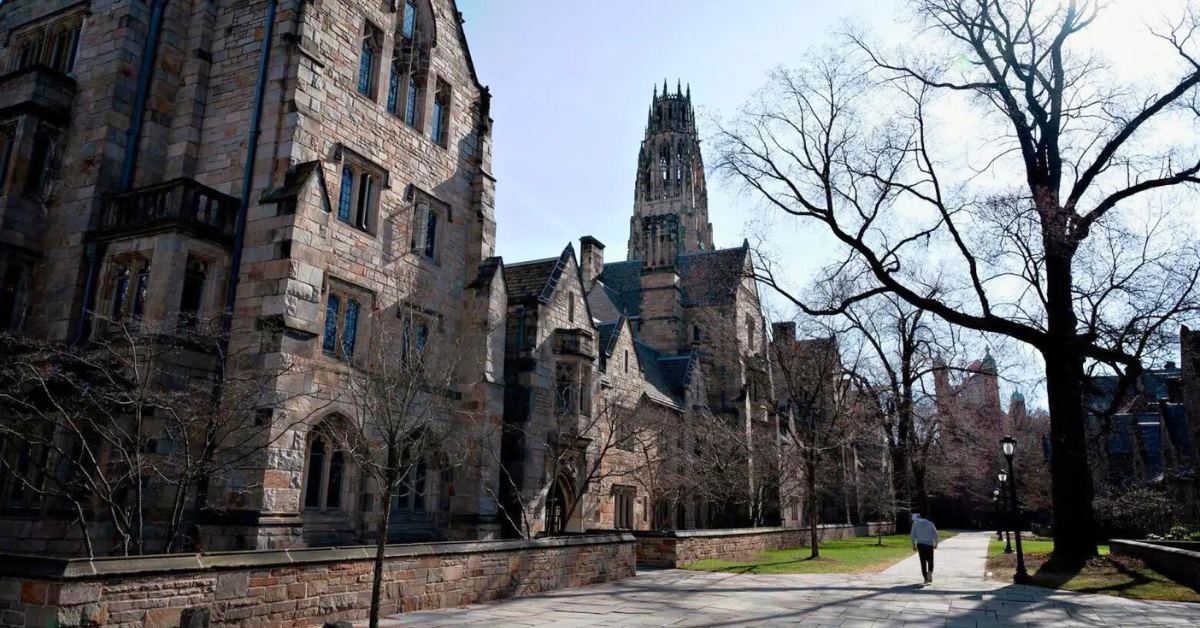By Ana María Arellano
CTLatinoNews.com
Orlando Rodriguez, a senior policy fellow at Connecticut Voices for Children, has identified a key trend in the nation’s population growth that will have an increasing economic impact on Connecticut. He says by by 2050 Connecticut and United States will again be a nation where immigrants become a defining force of economy and culture.
Connecticut benefits from this trend because, in spite of 81,000 non-Latino whites moving out of the state in the last decade, there has been a 127,000 increase in minorities.
That influx of minorities is going to help Connecticut because it is getting older. The state’s median age is 40, meaning that between now and 2050, a large number of residents will be retiring. Should this course continue, said Rodriguez, Connecticut would have a rapidly aging workforce and a decline in population.
This isn’t good news for retirees. In an interview with CTLatinoNews.com, Rodriguez asked the rhetorical question, “Who is going to buy your house?” A significant number of those buyers will be immigrants and their U.S.-born children. “First and Second Generation Americans” noted Rodriguez, will account for “93 percent of the increase in the nation’s workers.”
Nationally, most immigrants are Hispanic or Asian, and the same is true in Connecticut. Their (U.S. born) children have a strong work ethic: 78% of second generation Hispanics and 72% of second generation Asians believe they can improve their economic success through hard work. Overall, only 58% of U.S. adults believe similarly.
The second generation of Americans, notes a Pew Foundation report, exceed their parents’ income, education, and home ownership. Their poverty rate declines in relation to the first generation from 18% to 11%.
The members of this “second generation” are also able to speak English well, and have integrated into the greater society by marrying spouses of different backgrounds. Their friends, also, come from outside their ethnic circle. These characteristics, observed Rodriguez in a blog post he wrote for Connecticut Voices, make them similar to all who immigrated throughout our country’s history. An influx of new peoples fuels the economy and assimilates into this country, just like the immigrants before them.
As a Cuban immigrant who came to the U.S. at the age of 3, Rodriguez has formed his own version of the American Dream. “I do consider myself an Americanized Latino but do not place as much emphasis on becoming wealthy as is seen in popular culture. Money is important but it should not be the main goal in life. Having a balanced lifestyle is more of a Latino perspective.”
Rodriguez also said in his blog post, “The U.S.-born children of immigrants are making America more American as they expand our immigrant heritage, and they will make significant and needed contributions to the country’s, and Connecticut’s, economic growth. What is quintessentially more American than the American-ized children of immigrants?”



